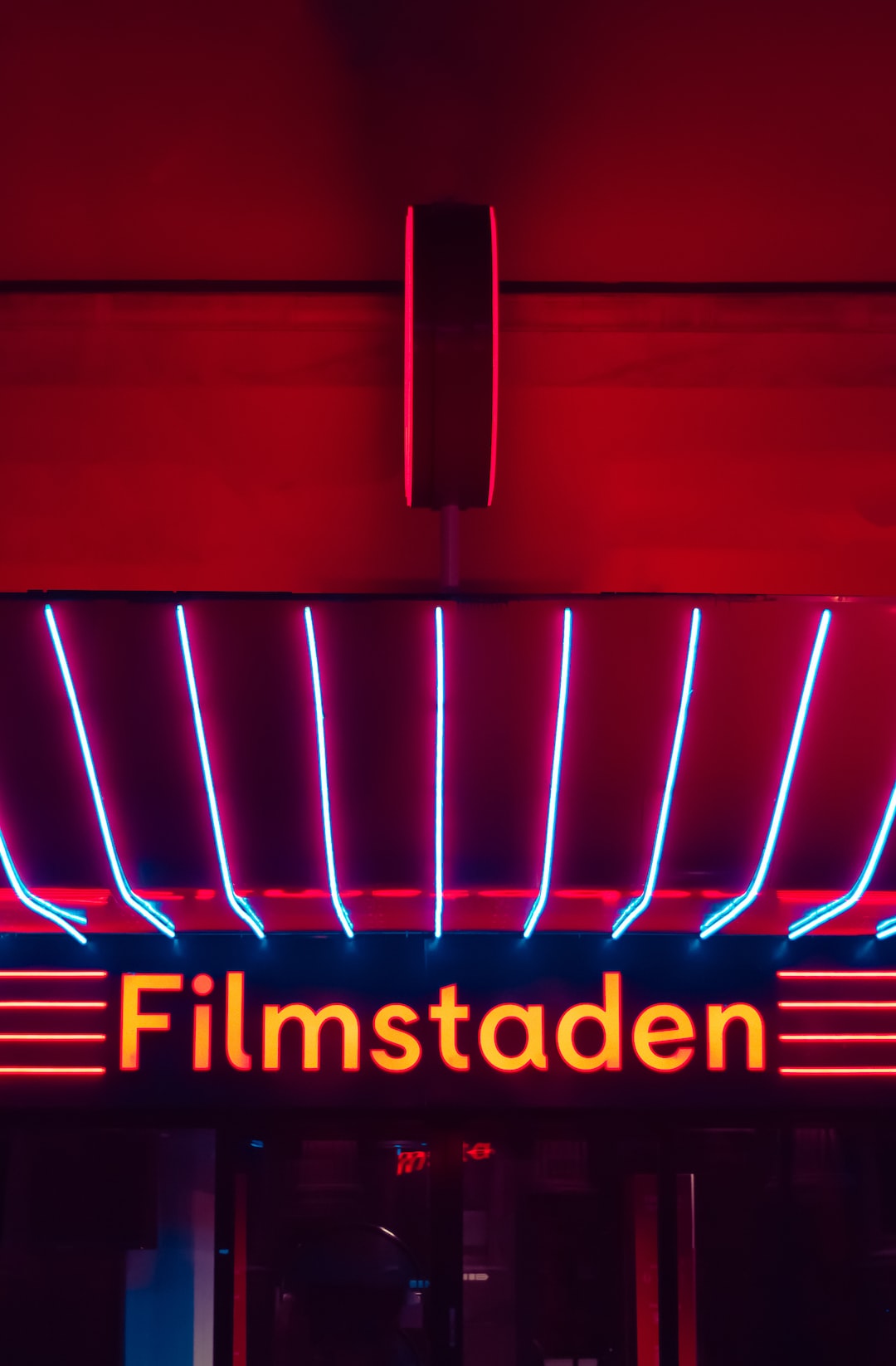
Unveiling the Secrets of Magic on the Big Screen
Share0Unveiling the Secrets of Magic on the Big Screen
Magic has always fascinated and captivated audiences around the world. From awe-inspiring illusions to mind-boggling tricks, it has the power to transport us to a world where anything is possible. While magic performances have been around for centuries, it was not until the advent of cinema that the secrets of magic started to be unveiled on the big screen. In this blog post, we will delve into the world of magic in movies, exploring how filmmakers have brought the art of illusion to life and revealed some of its closely guarded secrets.
One of the earliest examples of magic in cinema can be traced back to Georges Méliès, a French illusionist and filmmaker. In the late 19th century, Méliès pioneered the use of special effects in his films, creating a spectacle never seen before. His most famous work, “Le Voyage dans la Lune” (A Trip to the Moon), released in 1902, depicted a group of scientists traveling to the moon and encountering magical beings. Méliès used innovative techniques, such as stop-motion animation and multiple exposures, to achieve his magical effects. The film was a sensation, showcasing the potential of magic in storytelling.
As cinema evolved, so did the ways in which magic was portrayed on screen. In the 20th century, magicians like Harry Houdini and David Copperfield popularized the art form, bringing their own brand of magic to the masses. Houdini, in particular, used his skills as an escape artist to perform daring stunts that left audiences in awe. His cinematic presence and larger-than-life persona inspired filmmakers to incorporate magic into their narratives.
The 1970s and 1980s witnessed a surge in magical films, with classics like “Willy Wonka & the Chocolate Factory” and “The Wizard of Oz” enchanting audiences for generations. These films used a combination of practical effects, set design, and storytelling to create a magical world that appeared real. For instance, in “Willy Wonka & the Chocolate Factory,” the magical chocolate river and the ever-changing rooms in the factory took audiences on a whimsical journey. The use of vivid colors and imaginative set pieces added to the illusion, leaving viewers wondering how it was all achieved.
But it was not until recent decades that technology allowed for even more ambitious magical films to be made. With the advent of computer-generated imagery (CGI) and advanced visual effects, filmmakers were no longer limited by what could be achieved practically on set. Movies like “Harry Potter,” “The Lord of the Rings,” and “Doctor Strange” transported audiences to fantastical worlds filled with spellbinding magic. The use of CGI enabled filmmakers to push the boundaries of what was possible on screen, making audiences believe in the existence of magic.
However, with the advancement of technology, some argue that the mystery and wonder of magic on the big screen have diminished. The behind-the-scenes documentaries and making-of features often reveal the secrets and techniques used to create the magical effects. This access to information has made audiences more aware of the mechanics behind the illusions, perhaps taking away some of the charm and enchantment.
But despite the reveal of these secrets, the magic of cinema continues to captivate audiences worldwide. It is the art of storytelling, combined with stunning visuals and brilliant performances, that keeps us spellbound. The ability to transport us to different worlds, evoke emotions, and make the impossible seem possible is what makes magic in movies a thrilling experience.
In conclusion, the unveiling of the secrets of magic on the big screen has transformed the way we perceive and enjoy cinema. From the early pioneers like Georges Méliès to the modern marvels of CGI, magic in movies has allowed us to explore new realms of imagination. While the behind-the-scenes knowledge might lessen the element of surprise, the magic of cinema remains a powerful force that continues to inspire and entertain audiences worldwide. So, the next time you sit down to watch a magical film, allow yourself to be transported and embrace the wonders of the art form. After all, who wouldn’t want a little bit of magic in their lives?
